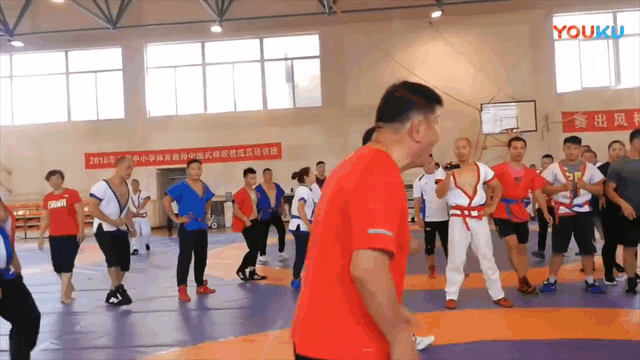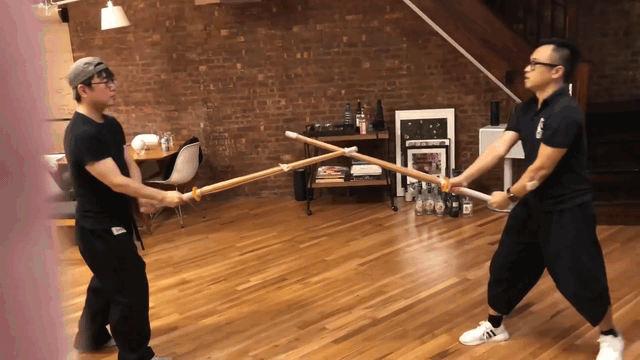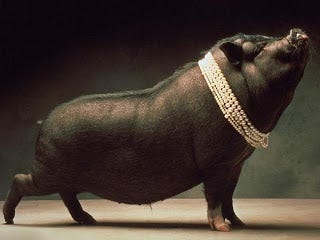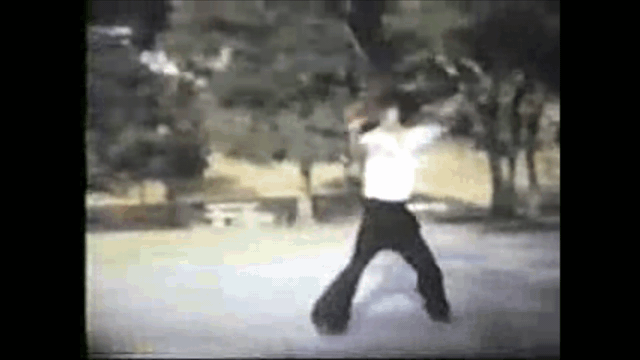drop bear
Sr. Grandmaster
I strongly dislike some MA training order with solo form first (punch/kick into the thin air) and application later.
Since the virus, I start to teach Miao Diao (2 hands long knife). I start to teach partner drills first. later on, when students link partner drills into sequence, they will get the solo form.
But most MA teachers just jump into solo form without going through the partner drills first. IMO, this kind of teaching is totally in the wrong order.
No matter what MA style that you are teaching, you should always start from partner drills first (similar to this clip).
Your thought?
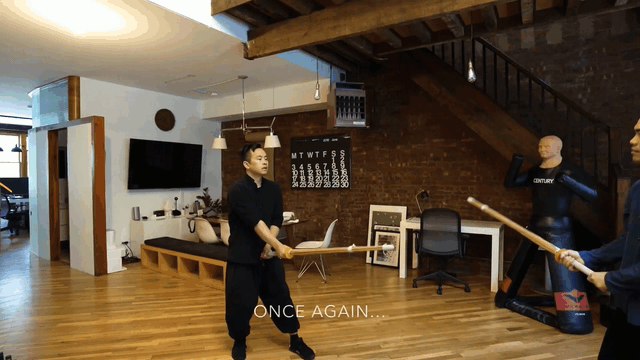
Sort of sounds reasonable.
I mean Mabye a solo drill as a bit of a warm up or something. But otherwise I think the theory is sound.
And I think the form should cater to the application. So if you are short and say need extra steps. You should do those in the form.

